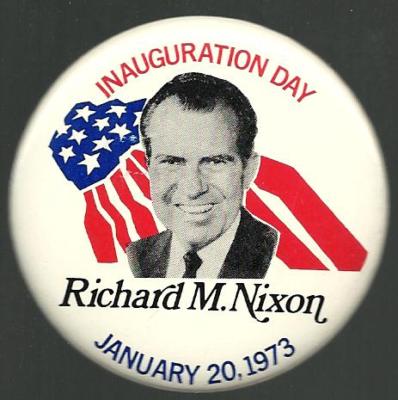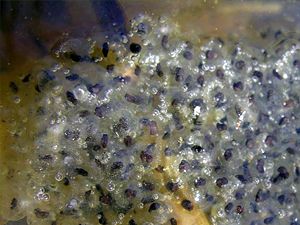
I love cranberry sauce and after the holidays were over, I walked into Walmart and there was a stack of cranberry sauce at 10 cents a can. I bought a whole flat (12) of them. During the year I thoroughly enjoyed cranberry sauce with a lot of meals. The next fall, I get invited to go to Missouri for Thanksgiving with some old friends from Virgiia, the Chapman family. They said I could fly into Kansas City or St. Louis since they lived in the middle of the state. It was decided that I would fly into St. Louis and their son and family who were driving from Virginia would coordinate their travel schedule so they could pick me up at the airport in St. Louis and take me the rest of the way.
Just before I left, I happened to notice that there was one of the 10 cent cans of cranberry sauce left in the pantry. So, just for a joke I put it in my carry on bag and would tell them that this was my contribution to the Thanksgiving dinner.
At the airport, I always get stopped and taken aside for extra surveillance since I have a steel rod in my leg which always sets off the alarm. They call over a female checker to do the searching and then turn me back over to the original male checker. He goes through my carry on and pulls out the cranberry sauce. After looking at the label carefully he says that no jellied substances are allowed.. I said that he could just toss it. After all it had only cost me 10 cents and it wasn't essential to the meal in any way. But being an older gentleman, he said he would go and check with his boss. After some time he came back with the approval that I could take it on the plane.
By the time I got to the gate to board, it was closed, although the plane was still sitting there, I couldn't get on. The next flight would be in a few hours and so I got in touch with the family that was meeting me at the airport and told them I had missed my flight.
Half a day later I arrive in St. Louis and find a shuttle going to my destination. It cost a little over $60 for a one way ticket and and several hours later I arrive at a MacDonald's near the freeway in the middle of Missouri. After a phone call, I am picked up by Lynn and Loren Chapman.
The bright idea to bring the can of cranberry sauce no longer seemed funny to me. If there is a moral to this story it is to buy whole cranberry sauce and not the jellied variety or perhaps just forget about making jokes at Thanksgiving time.

















